It’s not a secret that a modern military relies on a lot of advanced technology. It is also not a secret that military technology, even ones that come in civilian variants, require higher standards. The tech needs to perform in harsher conditions and adhere to much more rigorous standards. This is true of vehicles, of electronics, and even their networking equipment.
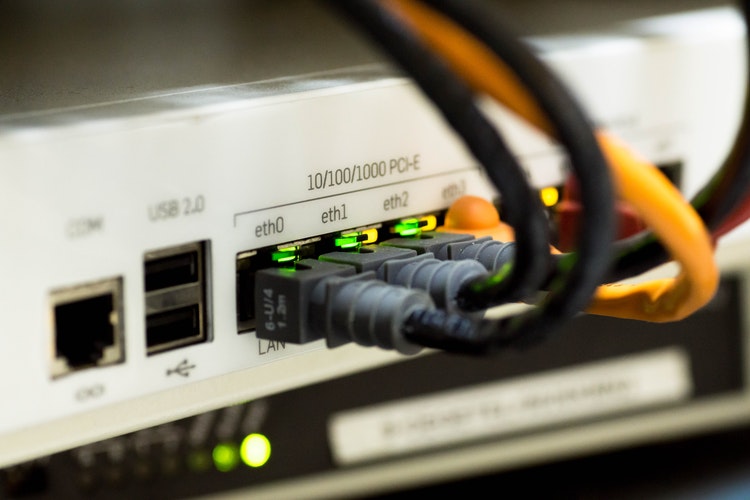
Ethernet sees use in modern militaries. Part of it is due to the increased need for communication and connectivity in modern operations. The ability to coordinate a large force across long distances is as important now as it ever was. There are other reasons, too. Here is a look into what a modern military uses ethernet connections for.
Milspec
All military ethernet must adhere to what’s called milspec. This is used to refer to the United States Military Standard, so all equipment that follows it must adhere to the tight requirements imposed by military command. Anything that falls below isn’t robust enough for combat use, but might still be good for industrial, commercial, or home applications.
Interconnected Bases
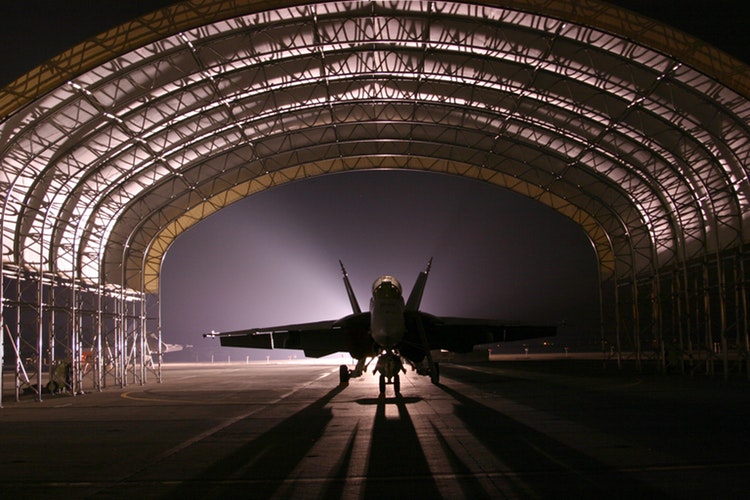
One of the basic uses is in connecting various military facilities together. There are multiple bases, each one in different locations. This creates a persistent need for these bases to have the ability to communicate with each other in real-time. Ethernet allows for this, with modern things like a modern OTS patch cable able to relay both voice and data on one line.
The Digital Soldier
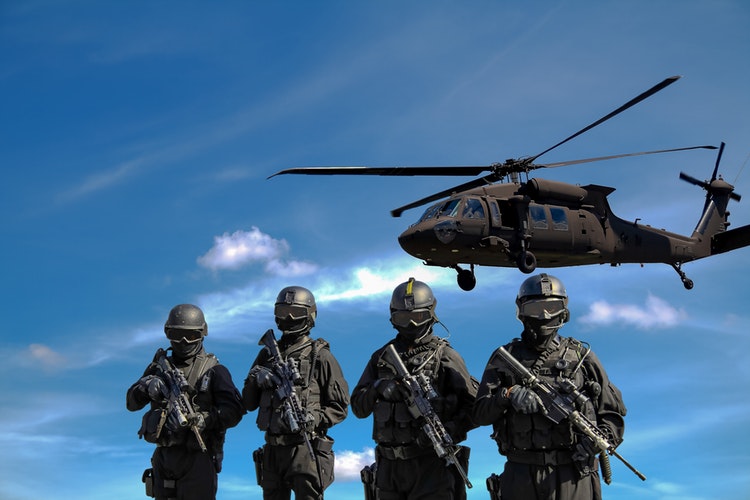
Milspec ethernet sees use in a lot of places beyond just bases and operations centers. For instance, it actually sees deployment individual infantry. The technology is used to protect the lives of individual soldiers, as well as improve their battlefield performance.
The kit of a “digital soldier” has a number of ensuite sensors, wearable computers, and displays. These all act to gather data on both their performance and the environment, allowing for support systems based on machine learning. The most advanced sensors can detect things like cognitive and physical performance, along with biofeedback monitors.
Future developments are also going to be networked. These include sensors for low-light conditions, wearable power sources for their tech gear, GPS-based route tracking, and even sensors that detect hostile fire.
Vehicular Ethernet
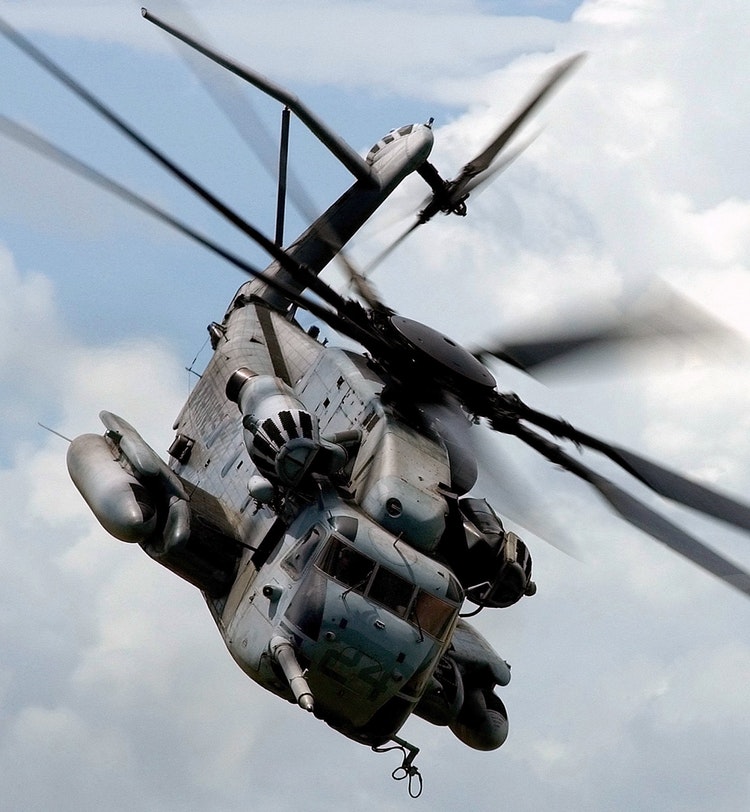
Ethernet is also being looked into as the new standard in the internal workings of various military vehicles. Planes, submarines, and the like are all complicated feats of engineering. They have their own sensors, equipment, controls, and subsystems. All of these must be able to communicate with each other, as well as take input from the control interfaces that humans use. This can be very challenging.
The use of Ethernet technologies with military-grade specifications allow for them to be more robust. The shielding and protection against physical damage, electromagnetic interference, and radio noise are much higher. These are all necessary, as such things are prevalent in battlefield conditions and the loss of access to the network can be catastrophic.
Ethernet has proven itself capable of bringing large amounts of data at high speed, with high degrees of reliability provided the cables are protected from interference. These can see use in various vehicles, allowing for real-time data transfer and display. This, in turn, allows the soldiers to better react to what the sensors are picking up. In a combat situation, whether in a tank or plane, that split-second window of opportunity can make the difference.
Milspec Network Structuring
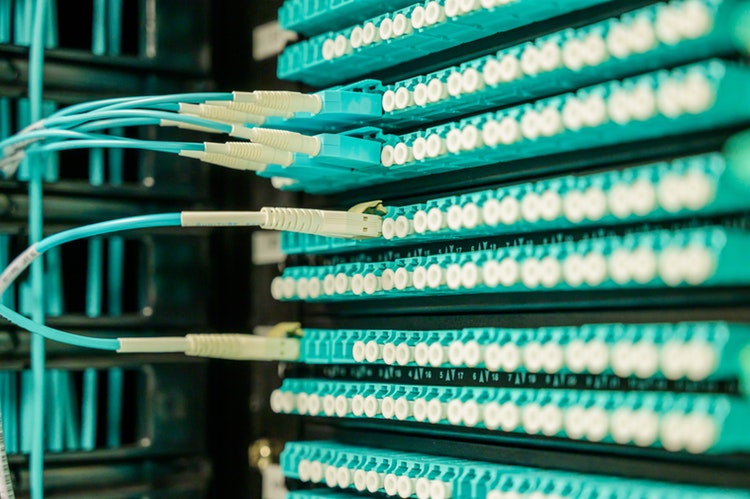
The military is increasing the number of Ethernet-driven devices, though these all require being connected to a computer that allows for overseeing missions. At the same time, they need a connection to each other so the data is accurate and complete. This requires a robust infrastructure that relies not only on the network itself but the use of switches.
There are milspec Ethernet switches, meant to handle current needs and next-generation military equipment. These are a major part of the support infrastructure of modern combat networks.
Unmanaged Switches
At the most basic, you have unmanaged switches meant to connect devices. These have their settings pre-determined in the factory and are built to allow multiple devices to send data along without any programs to direct the flow. The military intends to use these for simpler applications, such as the equipment of troops on the ground.
Managed Switches
The other type would be managed switches, which are the solution of choice for anything that requires multiple devices, redundancy, and the ability to control things over the network. These allow for programmed interfaces, rather than a pre-configuration. Managed switches also allow for support of numerous applications that cover additional functions and protocols that the military requires.
Scalability
Another major reason for military adoption of Ethernet is that it scales easily, thanks to the use of switches. The basic setup can be adapted from anything as small as an individual infantryman to something big, like a bomber. This adaptability makes it far simpler to implement than systems that lack this scaling.
Conclusion
As technology marches on, so does war. While the basics of warfare are unlikely to change, progress does make the details of combat different. The prevalent belief is that the future will be won by the side with better troops and better technology, and ethernet is going to be a part of that revolution.



